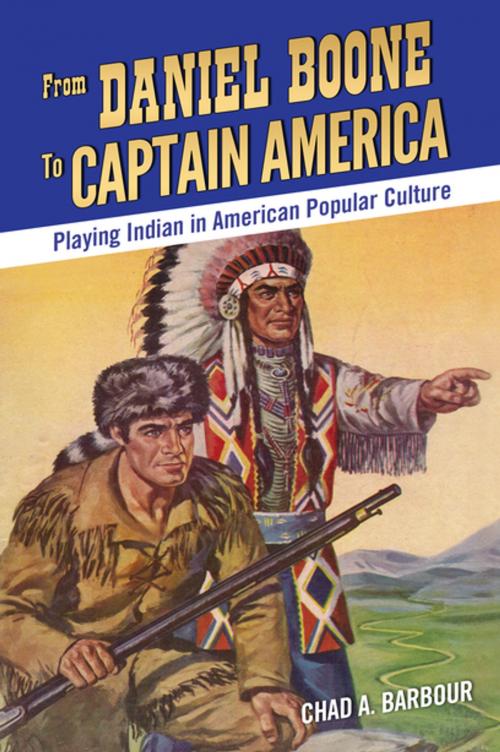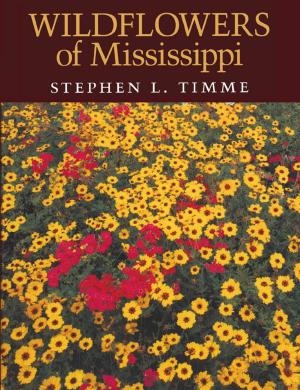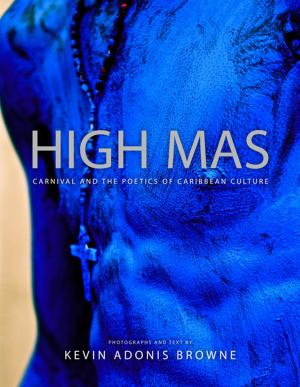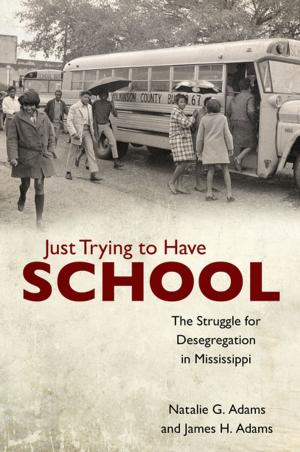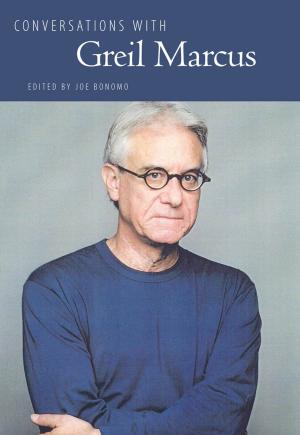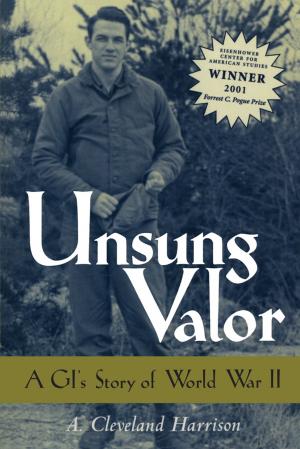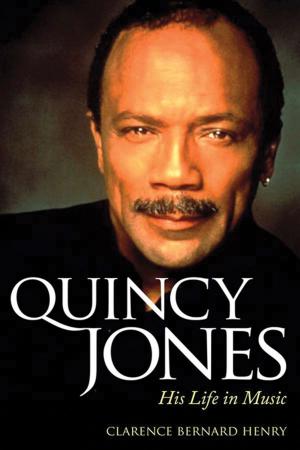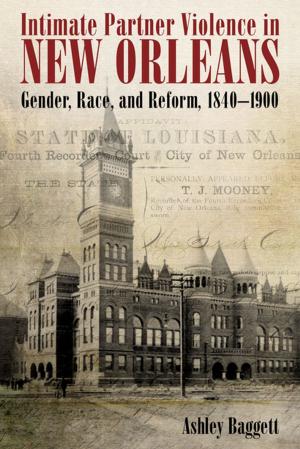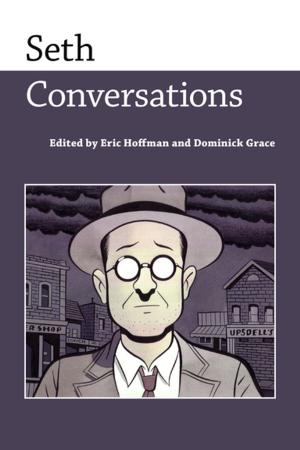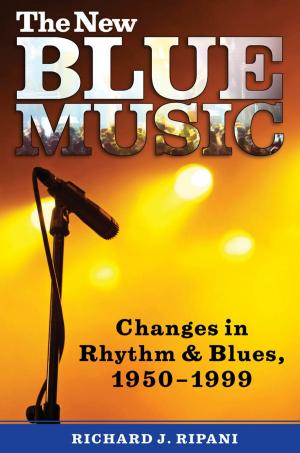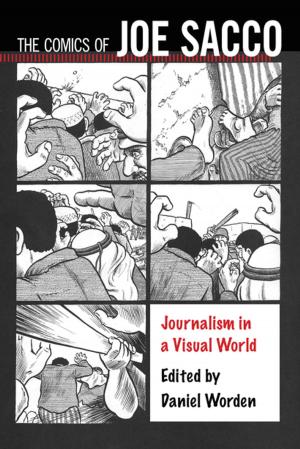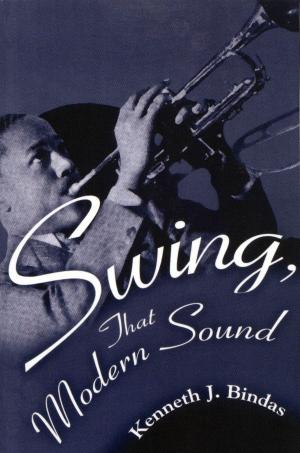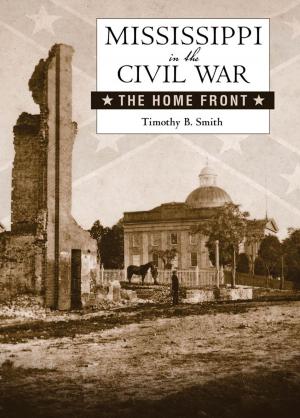From Daniel Boone to Captain America
Playing Indian in American Popular Culture
Nonfiction, Social & Cultural Studies, Social Science, Cultural Studies, Native American Studies, Popular Culture, Fiction & Literature, Literary Theory & Criticism| Author: | Chad A. Barbour | ISBN: | 9781496806857 |
| Publisher: | University Press of Mississippi | Publication: | June 27, 2016 |
| Imprint: | University Press of Mississippi | Language: | English |
| Author: | Chad A. Barbour |
| ISBN: | 9781496806857 |
| Publisher: | University Press of Mississippi |
| Publication: | June 27, 2016 |
| Imprint: | University Press of Mississippi |
| Language: | English |
From nineteenth-century American art and literature to comic books of the twentieth century and afterwards, Chad A. Barbour examines in From Daniel Boone to Captain America the transmission of the ideals and myths of the frontier and playing Indian in American culture. In the nineteenth century, American art and literature developed images of the Indian and the frontiersman that exemplified ideals of heroism, bravery, and manhood, as well as embodying fears of betrayal, loss of civilization, and weakness.
In the twentieth century, comic books, among other popular forms of media, would inherit these images. The Western genre of comic books participated fully in the common conventions, replicating and perpetuating the myths and ideals long associated with the frontier in the United States. A fascination with Native Americans also emerged in comic books devoted to depicting the Indian past of the US In such stories, the Indian remains a figure of the past, romanticized as a lost segment of US history, ignoring contemporary and actual Native peoples.
Playing Indian occupies a definite subgenre of Western comics, especially during the postwar period when a host of comics featuring a "white Indian" as the hero were being published. Playing Indian migrates into superhero comics, a phenomenon that heightens and amplifies the notions of heroism, bravery, and manhood already attached to the white Indian trope. Instances of superheroes like Batman and Superman playing Indian correspond with depictions found in the strictly Western comics. The superhero as Indian returned in the twenty-first century via Captain America, attesting to the continuing power of this ideal and image.
From nineteenth-century American art and literature to comic books of the twentieth century and afterwards, Chad A. Barbour examines in From Daniel Boone to Captain America the transmission of the ideals and myths of the frontier and playing Indian in American culture. In the nineteenth century, American art and literature developed images of the Indian and the frontiersman that exemplified ideals of heroism, bravery, and manhood, as well as embodying fears of betrayal, loss of civilization, and weakness.
In the twentieth century, comic books, among other popular forms of media, would inherit these images. The Western genre of comic books participated fully in the common conventions, replicating and perpetuating the myths and ideals long associated with the frontier in the United States. A fascination with Native Americans also emerged in comic books devoted to depicting the Indian past of the US In such stories, the Indian remains a figure of the past, romanticized as a lost segment of US history, ignoring contemporary and actual Native peoples.
Playing Indian occupies a definite subgenre of Western comics, especially during the postwar period when a host of comics featuring a "white Indian" as the hero were being published. Playing Indian migrates into superhero comics, a phenomenon that heightens and amplifies the notions of heroism, bravery, and manhood already attached to the white Indian trope. Instances of superheroes like Batman and Superman playing Indian correspond with depictions found in the strictly Western comics. The superhero as Indian returned in the twenty-first century via Captain America, attesting to the continuing power of this ideal and image.
